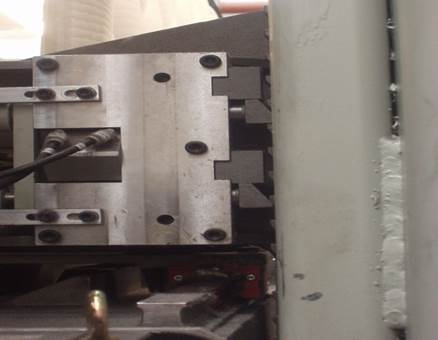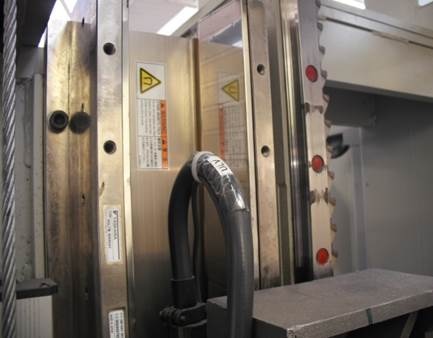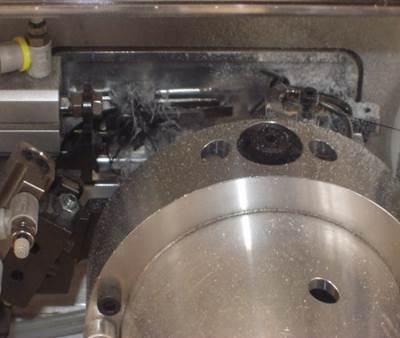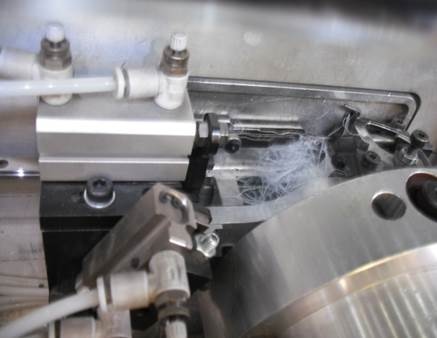Title Page
Audit Details
-
Date
-
Shift
-
Auditor Name
-
Machine barcode
Health and Safety
-
Have you used eye protection whilst cleaning out parts of the machines with airlines?
-
Have you used the provided tools for the purpose they were designed?
-
Have you reported any malfunctions of the machine to the Maintenance Department immediately?
-
If in any doubt about the procedure have you asked for supervision?
-
The tools required to carry out the procedure are; vacuum, compressed air line and gun.
Audit
-
1) On certain products some clutches are disengaged whilst others remain engaged during operations. When this type of product is in use, it must be finished and turned off or aborted before any tasks inside the guarded areas are carried out. This is to ensure that the clutch positions are not lost accidentally.
-
Have you ensure all clutches are engaged? (End or Abort product)
-
If answered no, what are the reasons for this?
-
Photos to support response.
-
2) It is highly unlikely that the bridges will move or drop whilst the guards are open, however as a safety precaution always make sure that the bridge locking clamps are engaged before entering a guarded area.
-
Have you checked that the locking clamps have been activated before entering a guarded area?
-
If answered no, what are the reasons for this?
-
Photos to support response.
-
3) Using a lint free cloth wipe down all signs of dust and debris that is stuck to the machine, including the bridge bearing slides, horizontal and vertical magnets.
-
Have you wiped down all surfaces with a lint free cloth to free off dirt?
-
If answered no, what are the reasons for this?
-
Photos to support response.
-
4) Blow down the sewing heads, bridges and clutches with a compressed air gun to release the debris, ensure that safety glasses are worn at all times when using compressed air.
-
Have you blown down the sewing heads and bridges with compressed air & make sure that the needle head clutches are clean?
-
If answered no, what are the reasons for this?
-
Photos to support response.
-
5) Ensure that all the excess debris is vacuumed out of the machine, care must be taken around cables, cotton and pneumatic fittings.
-
Have you vacuumed out all the debris from the bridges, sewing heads and underneath the machine?
-
If answered no, what are the reasons for this?
-
Photos to support response.
-
6) Any excess cotton wrapped around looper cranks, couplings, needle drives or trimmers should be removed straight away, if it is found to be difficult, maintenance should be called.
-
Have you removed any cotton built up around the sewing heads, paying attention to the looper areas and the needle drive levers?
-
If answered no, what are the reasons for this?
-
Photos to support response.
-
7) Replace any suspect needles ensuring 794 San 1 Gebedur Nm 140 needles are used, old needles should be safely disposed of in the sharp boxes provided.
-
Where necessary have you changed any needles which are damaged or covered in fire retardant?
-
If answered no, what are the reasons for this?
-
Photos to support response.
-
8) Has the operator filled in the sheet correctly?
-
If answered no, what have they done and what are the reasons for this?
-
Photos of the sheet.
-
Auditors signature

















